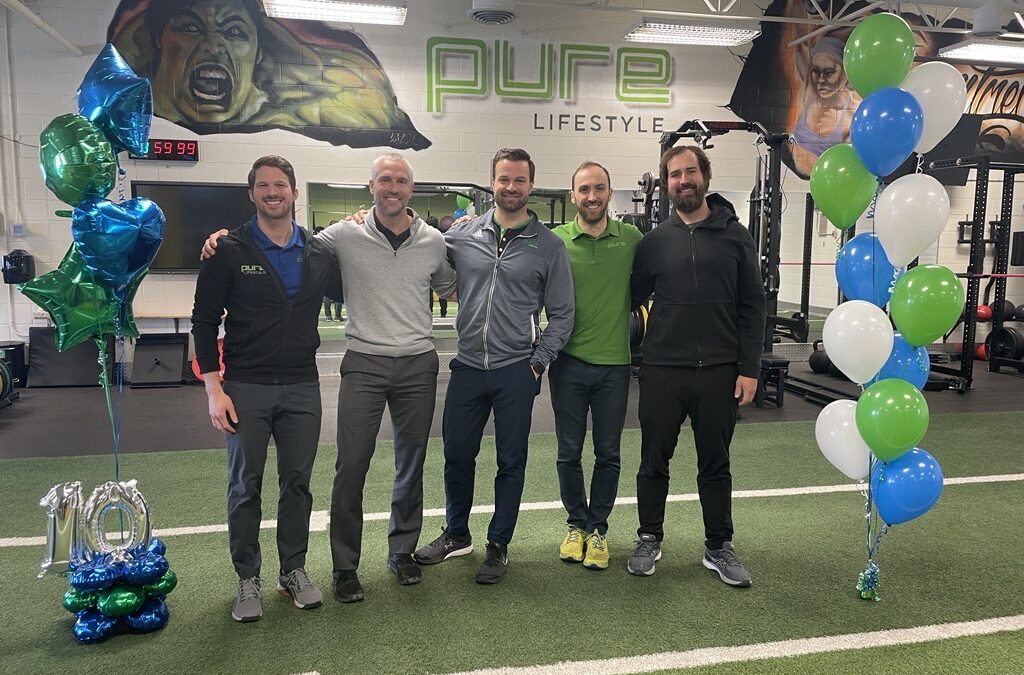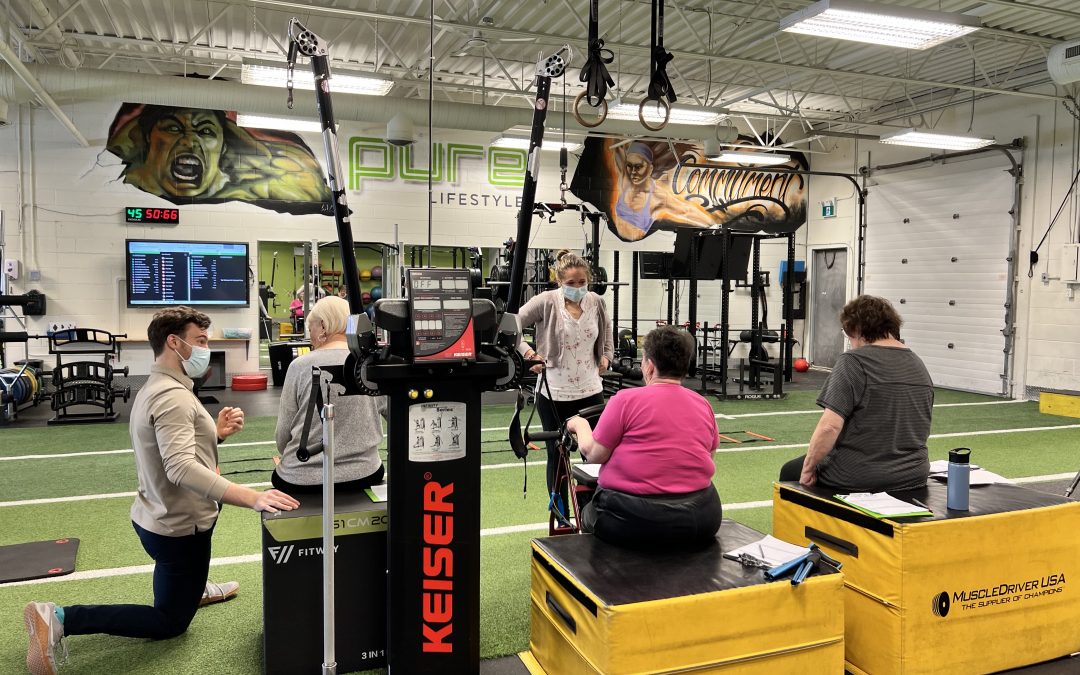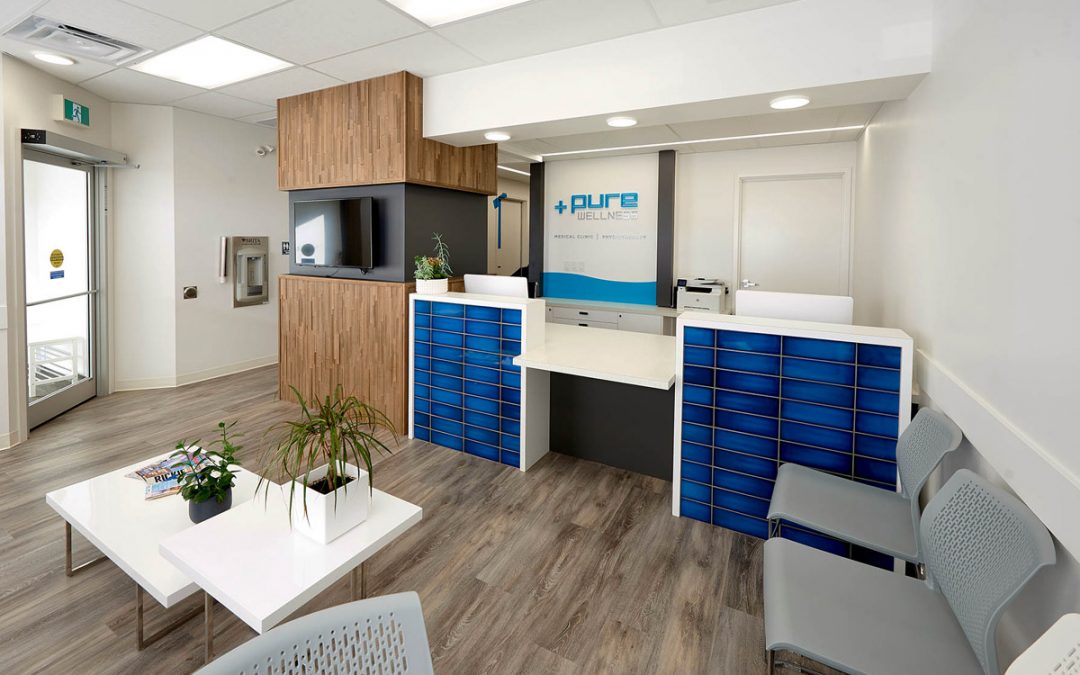I recently attended a weekend long course presented by Blaise Dubois, a physiotherapist from Quebec, who presents internationally to speak on the prevention and treatment of running injuries. Many thought provoking issues were discussed, including a large amount of information on minimalist shoes and barefoot running. Blaise is very pro-barefoot running, but makes sure to state:
- The body will adapt as long as the applied stress is not greater than its capacity to adapt
- Make sure not to do too much, too soon
- Be progressive
Barefoot running and minimalist shoes are currently very popular topics, therefore I thought I would share one of Blaise’s write-ups about transitioning to these types of shoes. It is important to note that changing footwear during off-season is the preferred time.
If you have any questions, feel free to stop in and ask any of our staff! Or better yet, schedule a running assessment with us!
Also, City Park Runners (http://www.cityparkrunners.com) is a great place to inquire or try on some of these shoes.
Happy running!
Tia Kiez BMR PT, CEP
Minimalist Prerequisites
Written by: Blaise Dubois, PT
http://www.therunningclinic.ca
The minimalist trend in North America is now reaching a growing number of well-informed runners. While a majority of scientists, health professionals and coaches agree with the concept, some believe that the individual who wishes to transfer to barefoot or minimalist footwear must meet certain prerequisites.
Many are convinced that one must learn the right running technique (Chi Running, Pose Technique, Running Evolution, FBG) before turning to minimalism. These advocates for the “technique” are convinced that it is essential to minimize the impact forces (learn to run softer) or integrate technical features such as reducing the heel strike before removing or minimizing the shoes. This opinion comes from the idea that minimizing interference is not sufficient by itself to induce essential biomechanical corrections in order to protect the skeleton.
Another school of thought promoted by health professionals is that one needs certain physical attributes before minimizing the shoe’s interface. Among these are minimal amounts of range of motion (ankle dorsiflexion and great-toe extension) muscle strength and endurance (plantar flexors – going up on the ball of the foot) as well as good proprioception (ability to maintain balance on one leg).
The Running Clinic’s opinion is that while it may be interesting to meet these prerequisites, we do not think they are essential for transitioning to minimalism (very thin shoes or barefoot). Tissue tolerance is the limiting factor for most people in the process of adaptation. Since range of motion, strength and proprioception are not usually limiting factors, Blaise Dubois simply recommends being progressive during transition and having full trust in the adaptation process. This means that our body will gradually improve its ranges of motion, strength and proprioception from the moment we start wearing minimalist shoes, if the transition is smooth and progressive. Minimalist shoes will induce better running biomechanics unconsciously. The Running Clinic has clinical experience of several thousands of minimalist shoe prescriptions and our advice is sometimes only to be progressive and listen to your body.
Three Key Points for a Successful Transition to Minimalism
A. Progressivity: Using the “maximum 1 extra minute per day” rule is one of the best ways to make this transition. At the beginning of each training session, just put on the minimalist shoes to run one minute more than in the previous training and put the traditional shoes back on for the rest of the training.
B. Listen to your body: The five anatomical structures that are weakened by a traditional shoe will be the most “at risk of injury” structures as well. It is therefore essential to listen to your body and be alert to new symptoms to the calf, the Achilles tendon, the bottom side of the foot (the plantar fascia and the metatarsal heads) and the top of the foot (metatarsal bones). New pain means that you’re progressing too fast.
C. Right choice: With the objective that the shoe does not interfere with natural biomechanics, neurological sensations of the foot or tissue adaptation, minimalist footwear must meet certain criteria. The following are priorities that should be considered, starting with the most important:
- the “anatomical fit” (proper fit to minimize pressure points on your foot and toes);
- minimal interference (minimal ramp angle and sole thickness to reduce the interference between the foot and the ground);
- optimal flexibility (the shoe should be highly flexible in its entirety, mainly to the forefoot and the metatarsal heads);
- avoid motion control technologies (the least possible technological support to increase stability such as a rigid calcaneal cup, anti-pronation reinforcements, outsole expansions, plantar arch support lacing systems, arch supports, etc.).
- lightness.
We hope that these tips will be useful through your new endeavor.







